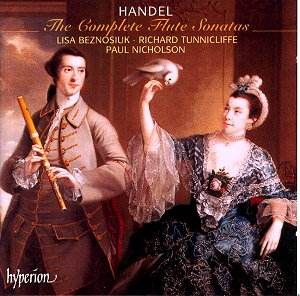 Composer: Johann Sebastian Bach
Composer: Johann Sebastian Bach
Works: Mass in B Minor BWV 232
Performers: Ruth Holton, soprano; Matthias Rexroth, alto; Christoph Genz, tenor; Klaus Mertens, baritone; Gewandhausorchester Leipzig; Georg Christoph Biller, Thomaskantor; Thomanerchor Leipzig
Recording: 28 July 2000, Thomaskirche, Leipzig, Germany
Label: TDK DV-BAMBM
The Mass in B Minor stands as one of the monumental achievements in Western classical music, encapsulating not only Johann Sebastian Bach’s deep theological convictions but also his unparalleled mastery of vocal and instrumental interplay. Composed over the span of many years, this work represents a culmination of Bach’s stylistic evolution, marrying the intricate counterpoint of the baroque tradition with the profound expressiveness of the human voice. The present recording, featuring the Gewandhausorchester Leipzig under the direction of Georg Christoph Biller, aims to bring this monumental score to life with a blend of historical authenticity and modern performance practice.
The performance showcases a commendable array of soloists, notably Ruth Holton, whose soprano voice cuts through the ensemble with both clarity and warmth. Her contributions to the “Christe eleison” duet with countertenor Matthias Rexroth are particularly engaging, as they weave together with a sense of profound spiritual unity. Rexroth shines in the “Laudamus te,” where his agile phrasing is complemented by a vibrant violin line, demonstrating the synergy between the solo and orchestral forces. Klaus Mertens delivers his customary excellence as the bass, especially resonant in the “Agnus Dei,” where his command of the lower register brings a gravitas that is both compelling and necessary for the text’s somber reflections.
Yet, the performance is marred by the choral forces, which form the backbone of this sacred work. The boys’ choir, while earnest, struggles to convey the depth required for such intricate music. Occasional lapses in pitch and the visible disengagement of some singers detract from the overall impact, particularly in the larger choral movements. The sound engineering, while serviceable, occasionally allows the choir’s volume to overshadow the orchestra, obscuring the delicate textures that Bach so meticulously crafted. This muddiness diminishes the clarity of instrumental lines, which are vital for appreciating the architecture of the fugues and the contrasting elements within the score.
Recording quality is another point of concern. Although captured live, the acoustic environment of Thomaskirche does not fully illuminate the nuances of Bach’s orchestration. The balance leans heavily towards the choir, causing the orchestra’s more subtle contributions to recede into the background, limiting the listener’s ability to appreciate the interplay that is so essential to the work’s character. When compared to other notable recordings—such as those featuring the Monteverdi Choir under John Eliot Gardiner, which achieve clarity and dynamic range—this interpretation feels somewhat lacking in finesse.
The overall execution of Bach’s B Minor Mass in this recording is a mixed affair. While the individual soloists offer moments of great beauty and insight, the choir’s performance ultimately detracts from the work’s intended impact. A choral ensemble capable of navigating the complexities and emotional depth of Bach’s score is essential for this piece, and the deficiencies here leave a lingering sense of unfulfilled potential.



